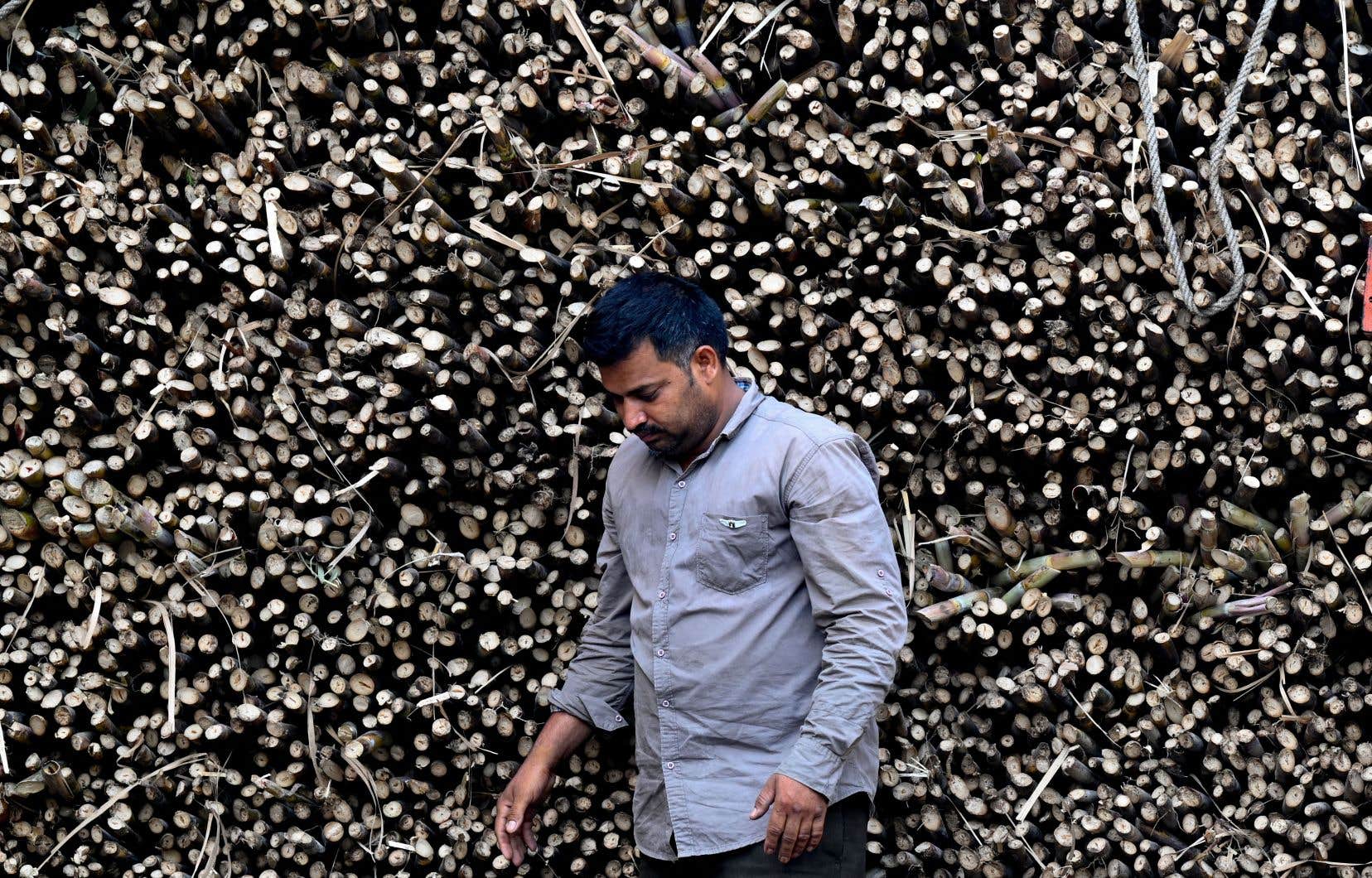World sugar prices reached their highest level in 13 years in September due to concerns over the impact of El Niño on harvests in Thailand and India, the FAO said on Friday.
The sugar price index calculated by the Food and Agriculture Organization of the United Nations (FAO) rose 9.8% over one month.
This surge “is mainly due to the fact that there are growing fears of a tightening of global supply during the next campaign (2023-2024),” explains the agency in its monthly report.
Initial estimates suggest a drop in production in Thailand and India, respectively the second and third largest exporters in the world, due to El Niño, specifies the FAO.
This meteorological phenomenon, which originates in the Pacific Ocean, is generally associated with an increase in global temperatures, accompanied by droughts in some parts of the world and heavy rains in others.
The organization also points to the recent rise in oil prices. A high price of black gold in fact encourages producers to transform part of their harvest into ethanol, which reduces the quantity of sugar on the market and raises prices.
According to the FAO, the jump in sugar prices was however limited by “the large volume of the harvest which is currently taking place in Brazil (the world’s leading producer and exporter, Editor’s note) in favorable weather conditions as well as (by) the weakening of the Brazilian real against the US dollar.
Record cereal harvest expected
World food prices as a whole stabilized in September, with the decline in the prices of oils (-3.9%), dairy products (-2.3%) and meat (-1%) offsetting the rise in sugar and corn prices, the FAO said.
The FAO Food Price Index, which tracks the variation in international prices of a basket of commodities, is down 10.7% year-on-year and 24% compared to the peak in March 2022 , just after the Russian invasion of Ukraine.
The FAO cereal price index rose 1%, driven by a 7% rise in corn prices after seven months of decline. The reason, according to the agency: strong demand for the Brazilian harvest, slowed sales in Argentina and an increase in river freight prices in the United States due to the low level of the Mississippi River.
The FAO rice price index, which jumped to its highest level in 15 years in August, fell slightly (-0.5%) due to lower import demand.
The FAO also raised its forecast for global cereal production in 2023 to 2,819 million tonnes, which would constitute a record.
This revision is driven by the increase in estimates for wheat, with better yields expected in Russia and Ukraine thanks to favorable weather conditions.
Forecasts for wheat production in Canada have, however, been lowered, with “widespread dry weather continuing in the main producing states of Alberta and Saskatchewan”. Forecasts for wheat harvests in Argentina and Kazakhstan have also been revised downwards.
